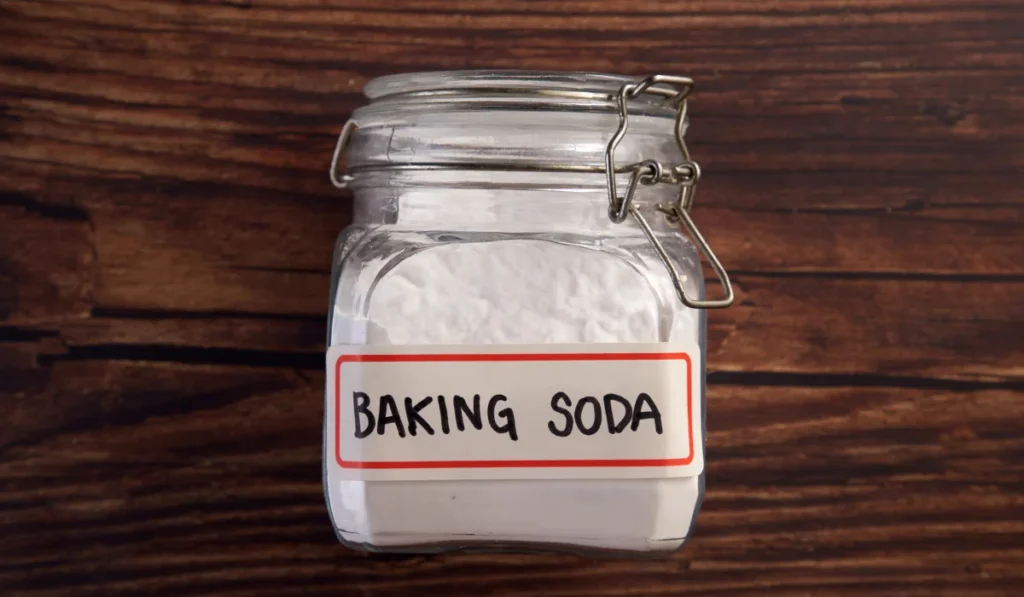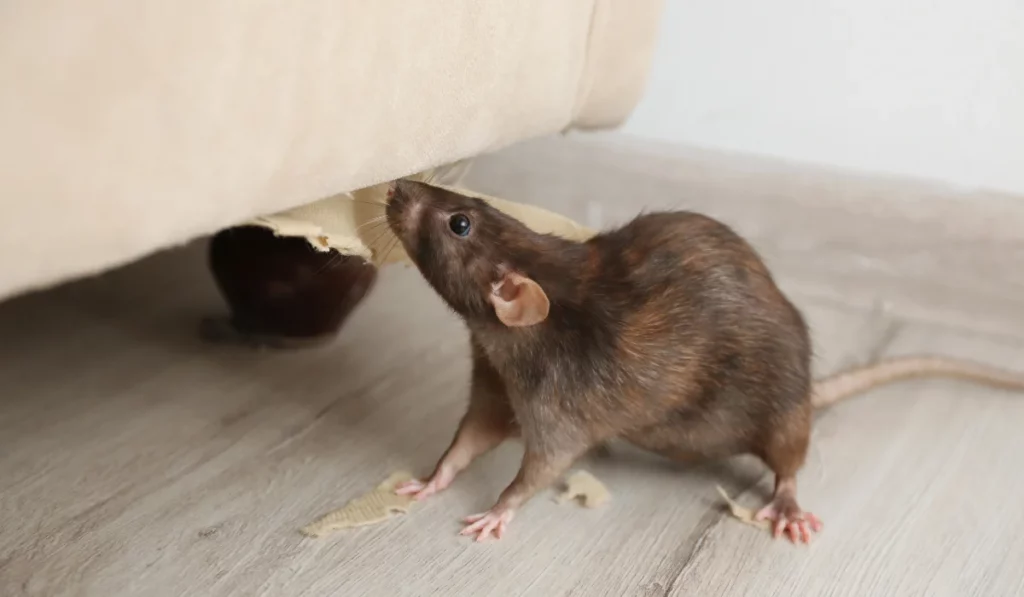Bed bugs, those tiny nocturnal pests, can transform a peaceful night’s sleep into an itch-filled nightmare. In this exhaustive guide, we dive deep into the world of these unwelcome bed companions, discussing their nature, life cycle, stealthy ways, and methods to combat them.
So, whether you’re a landlord maintaining a property or a tenant in distress, this fact sheet promises to equip you with the knowledge to handle a bed bug crisis.
Key Takeaways
- Bed bugs often dwell where humans rest, making mattresses, sofas, bed frames, and headboards prime real estate for these pests.
- Regular cleaning, decluttering, and vacuuming can limit bed bug hiding spots, enhancing the efficacy of any treatment you employ.
- High heat, especially when laundering linens and clothes, can exterminate bed bugs at all life stages.
- Though many DIY solutions abound, hiring a professional pest control company might be your best bet in advanced infestations.
What Are Bed Bugs?
Bed bugs are tiny, oval, wingless insects with a penchant for human blood. These reddish-brown pests, about the size of an apple seed, may be small, but they’re mighty persistent.
They’re mainly nocturnal, preferring to feast under the cover of darkness. Astonishingly, they can endure several months without a meal and rapidly multiply, making prompt action vital upon detection.
Additionally, some people think bed bugs only appear in dirty places, but that’s not true. They can be in fancy hotels and spotless homes as easily as in messy places. So, no matter how clean your home is, checking for bed bugs is always good.
What Is the Life Cycle of Bed Bugs?
The bed bug life cycle is nothing short of intriguing. It begins when a female lays several eggs daily in discreet hiding places. These tiny eggs, almost invisible to the naked eye, hatch into nymphs eager for a blood meal. These nymphs mature through five distinct stages, molting and growing with each blood meal.
This transition from nymph to adult takes roughly five weeks. Once developed, adult bed bugs continue their quest for blood, demonstrating remarkable resilience in the process.
Where Do Bed Bugs Come From?
Contrary to popular misconceptions linking bed bugs to dirt, these pests are driven by warmth and the presence of blood. They are skilled travelers, often stowing away in luggage, personal belongings, and even used furniture, making their way from infested locations to new unsuspecting environments. You should remember this whenever you travel to prevent bringing these pests back home.
In urban settings, particularly in apartments or condos, they can traverse from one unit to another, exploiting cracks, crevices, and even utility installations. Their adaptability means they’re equally likely to be found in upscale residences as they are in more modest dwellings.
Overall, their knack for hiding in personal belongings means you can unknowingly usher them into your home after visiting a bed bug hot spot, whether that be a hotel, a friend’s residence, or even public transport.
What Are the Signs of a Bed Bug Infestation?
A proactive approach is your best defense against bed bugs. The sooner you identify an infestation, the easier and cheaper it will be to address. Here are some signs of bed bugs to help you detect these pests:
- Physical Symptoms: Red welts or itchy spots might indicate bed bug bites. These bite marks often follow a straight line or appear clustered.
- Bedding Clues: Blood spots or rust-colored droppings on linens can hint at their presence.
- Sightings: Though they’re masters at playing hide-and-seek, a careful search, especially during the night, might reveal these bugs.
- Distinctive Odor: Some people detect a peculiar sweet or musty odor, intensifying with a significant infestation.
Where to Look for Bed Bugs
Bed bugs can be elusive due to their small size. Knowing their typical hiding places, as emphasized by institutions like the EPA, can significantly help in spotting them. Here’s a detailed guide:
- Mattresses: True to their name, bed bugs are most typically found here. They favor the folds and seams of mattresses. Pull back sheets and look closely during an inspection, especially along mattress seams. Bed bug fecal spots, tiny black or brown dots, are often signs of an infestation.
- Box Springs: Infested areas often encompass box springs because of the ample hiding places they offer. Examine the wooden frame and the underside, checking for bugs and their eggs.
- Bed Frames and Headboards: Bedroom furniture, especially wooden frames, and headboards, are a prime spot. Inspect every joint, crack, and screw hole with care.
- Baseboards and Moldings: These can be overlooked but are essential. Bed bugs may lurk where the baseboard meets the wall. Using a flashlight, inspect moldings and corners for any evidence.
- Nightstands, Dressers, and Nearby Furniture: Inspecting all nearby furniture can yield results. Check nightstands and dressers by opening drawers, reviewing tracks, inside joints, and even behind handles. Bed bugs can find refuge in the smallest spaces.
- Chairs and Sofas: Seating in your bedroom is not exempt. Delve into cushion seams, beneath cushions, and any creases in the material. Loose wallpaper can also be an unsuspecting shelter for these pests.
How to Get Rid of Bed Bugs
Dealing with bed bugs can be daunting, but reclaiming your home with a strategic approach is possible. The journey toward a bug-free environment is multi-faceted, each step intricately connected to the next. Let’s look closely.
1. Initial Cleanup
Start with a deep clean. Bed bugs thrive in cluttered spaces, making your initial cleanup crucial. By thoroughly cleaning your home, you minimize their hiding spots and pave the way for the subsequent treatments to be more effective. Begin with the basics: wash your clothing in hot water and use high heat when drying. These simple steps can kill bed bugs at all life stages.
Also, consider using sealed plastic bags to isolate items suspected of infestation. This action prevents the bugs from migrating to other parts of your home. Incorporate frequent vacuuming into your routine, focusing on areas where these pests will likely hide.
2. Choose Your Treatment
After thoroughly cleaning your home, the next decision is about how you’ll combat bed bugs.
Non-chemical treatments are favorable if you’re leaning towards eco-friendly options. The heat treatment method is pretty straightforward: you essentially turn up the heat in a room until it’s too much for the bed bugs to handle.
Then there’s the rapid freezing approach. It’s as cool as it sounds, using a blast of CO2 to freeze and kill the bugs instantly. And if you’re looking for something straight from mother nature’s playbook, Diatomaceous Earth is a powder that slowly dries out bed bugs, leading to their demise.
On the flip side, chemical treatments can offer faster results, though they need more care in handling. The commonly used ones are Pyrethroids and Pyrethrins, known for their efficacy against these pests.
Neonicotinoids act a bit differently: think of them as giving bugs a bad nicotine rush, interfering with their nervous systems. And then there are the insect growth regulators (IGR’s). They won’t kill the bugs outright but will ensure they don’t grow or reproduce.
But a word of caution: if you think grabbing any bed bug spray from the store shelf will do the trick, think again. Serious infestations often demand a more comprehensive approach.
3. Seek Professional Help
In cases where the infestation is excessive, it’s wise to consider a more comprehensive approach. Partnering with a licensed pest control operator can be invaluable. These professionals bring expertise to the table for a reasonable cost, ensuring meticulous and exhaustive treatment.
Their interventions are often more thorough, leveraging both chemical and non-chemical methods, and they can provide guidance on safeguarding against future outbreaks.
 1st pest control service just $49. Must schedule service online.
1st pest control service just $49. Must schedule service online.

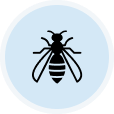

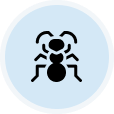
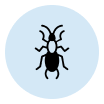

 You’re supporting a small, local business
You’re supporting a small, local business
